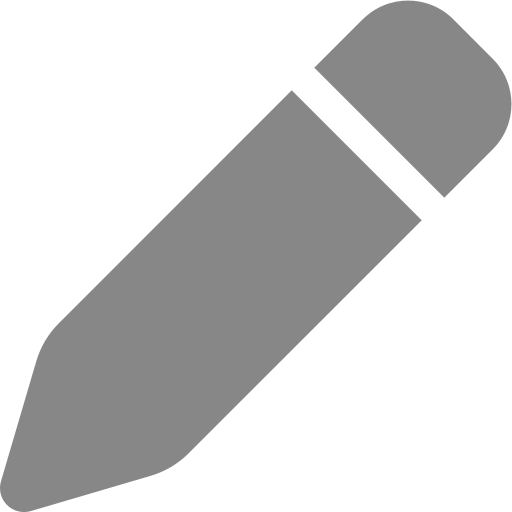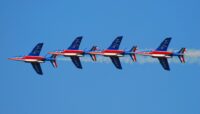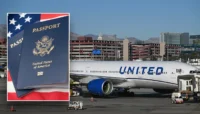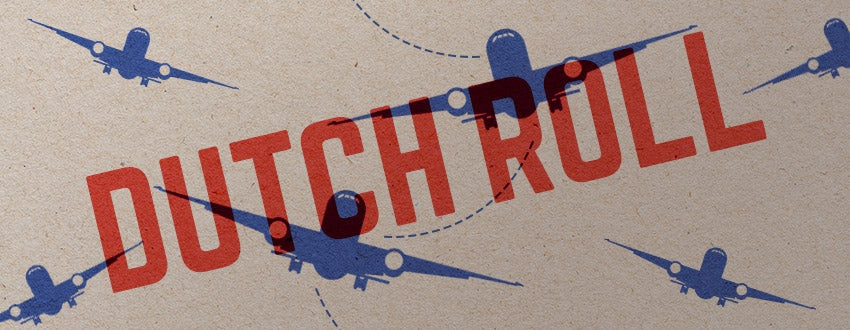Introduction
Dutch roll is a complex aerodynamic phenomenon encountered in aviation, particularly in swept-wing aircraft. It involves an out-of-phase oscillation of an aircraft’s yaw and roll motions, creating a side-to-side rocking motion. While modern aircraft are designed to counteract Dutch roll using yaw dampers and pilot input, understanding this phenomenon remains crucial for pilots, engineers, and aviation enthusiasts.
What is Dutch Roll?
Dutch roll is an oscillatory motion where the aircraft’s tail wags side to side (yawing) while the wings rock up and down (rolling). The motion is named after the Dutch ice-skating maneuver that mimics this movement.
In a Dutch roll, yawing motion induces rolling due to the swept-wing design, and vice versa. If left unchecked, these oscillations can become uncomfortable and, in severe cases, hazardous.
Causes of Dutch Roll
1. Aerodynamic Stability Characteristics
- Yaw-Roll Coupling: When an aircraft yaws due to external forces (e.g., turbulence), the swept-wing design naturally generates roll due to asymmetric lift production.
- Dihedral Effect: Dihedral wing configurations contribute to lateral stability, but in excess, they can exacerbate Dutch roll by amplifying roll oscillations.
2. Swept-Wing Design
- Common in High-Speed Aircraft: Most commercial jets and military aircraft feature swept wings, which enhance performance but also introduce yaw-roll coupling, a fundamental factor in Dutch roll.
- Center of Gravity and Stability: Aircraft with a farther aft center of gravity may experience Dutch roll more prominently due to reduced directional stability.
3. Atmospheric Disturbances
- Turbulence and Wind Gusts: Sudden changes in airflow can induce yawing motion, triggering the Dutch roll cycle.
- Asymmetric Engine Failure: If an engine fails on one side, asymmetric thrust can generate yaw and potentially initiate Dutch roll.
Effects of Dutch Roll
1. Passenger Discomfort
Dutch roll can create an unsettling oscillation in the cabin, making for an unpleasant flight experience, especially in prolonged encounters.
2. Increased Structural Stress
Repeated yaw and roll oscillations can impose additional loads on the airframe, potentially leading to structural fatigue over time.
3. Pilot Workload Increase
Without proper mitigation, pilots must manually counteract Dutch roll using rudder and aileron inputs, adding to their workload, especially in turbulent conditions.
How Dutch Roll is Controlled
1. Yaw Dampers
- Automatic Control System: Modern aircraft are equipped with yaw dampers, which use sensors and actuators to provide small rudder inputs that counteract yaw-induced roll.
- Enhances Stability: Yaw dampers significantly reduce Dutch roll oscillations, making the aircraft more stable and reducing pilot workload.
2. Pilot Input
- Coordinated Rudder and Aileron Use: In aircraft without automatic yaw dampers, pilots must apply careful rudder inputs to dampen the yawing motion.
- Training and Simulator Drills: Pilots undergo extensive simulator training to handle Dutch roll scenarios safely.
3. Aircraft Design Considerations
- Adjusting Dihedral and Vertical Stabilizer Size: Aircraft designers carefully balance dihedral angles and vertical stabilizer effectiveness to minimize Dutch roll tendencies.
- Incorporating Flight Control Computers: Fly-by-wire systems in modern aircraft detect and counteract Dutch roll before it becomes noticeable.








